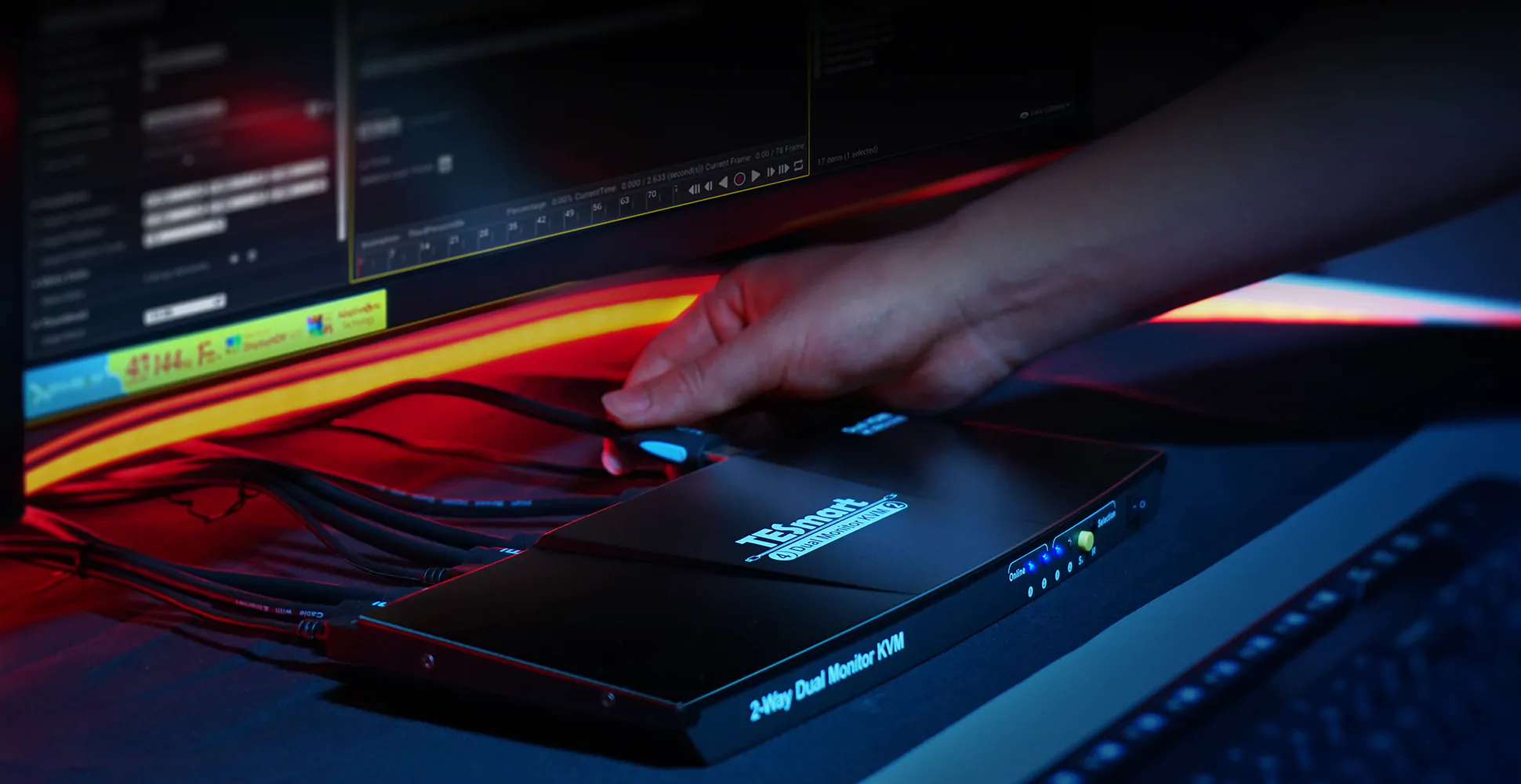What is aggregation switch

The aggregation layer switch is the aggregation point of multiple access layer switches used for forwarding and routing, and can also uniformly export access nodes. The convergence layer switch is different from the access layer switch. It provides the uplink to the core layer and handles the traffic from each access device. Therefore, the convergence layer switch needs to have high forwarding performance. It is also usually the third layer switch. What does a convergence switch mean and what is its function? Next, I will give you a full understanding.
Working principle of Aggregation switch
The aggregation switch is located in the middle of the network architecture, manages the data from the access switch downward, and reports the data to the upper layer switch (core switch). Generally, when the aggregation switch receives data from the access switch, it will perform local routing, filtering, traffic balancing and QoS priority management, and then process it through security mechanism, IP address translation, multicast management, etc. Finally, according to the processing results, the data will be forwarded to the core layer switch or local routing processing to ensure the normal operation of the core layer.
Considerations for selecting aggregation switches
1. Backplane bandwidth and packet forwarding rate
As we all know, backplane bandwidth and packet forwarding rate are important parts to measure the switch’s ability to forward packets. If the backplane bandwidth and packet forwarding rate are smaller, the data processing capacity of the switch is weaker. If the line speed is not up to standard, it is very easy to block. However, most of the brand switches on the market can achieve line-speed switching. Therefore, when selecting the aggregation switch, it is best to select the appropriate one according to the actual needs to avoid selection errors or resource waste.
2. Port type and number of ports
Because the aggregation switch needs to gather the data of multiple access switches and forward it to the core switch, the upstream and downstream port types and port numbers of the switch should be considered in the selection. For example, when the aggregation switch needs to connect to the access switch with SFP optical ports, select the aggregation switch with SFP optical ports on its downstream ports. The number of specific ports depends on the number of access switches to be connected, such as 24-port and 48-port aggregation switches.
3. Port rate
The selection of the port rate of the convergence switch should also take into account the uplink and downlink, which can be consistent with or inconsistent with it. For example, the uplink and downlink are gigabit, or the port rate is gigabit uplink. The specific situation needs to be determined according to the uplink port rate of the access switch and the downlink port rate of the core switch.
4. Function management
Unlike the core switch, the aggregation switch can select the second layer switch or the third layer switch as the aggregation switch. When the second layer switch is used as the aggregation switch, the routing and management strategy no longer depends on the aggregation switch, but on the core switch. However, some common network management functions are necessary, such as link aggregation, QoS, VLAN, ACL, etc.
The aggregation switch is actually a unified outlet of the aggregation point and access node, which gathers multiple access layer switches for forwarding and routing. The above is all the relevant information about the meaning, function and how to select a suitable switch.




